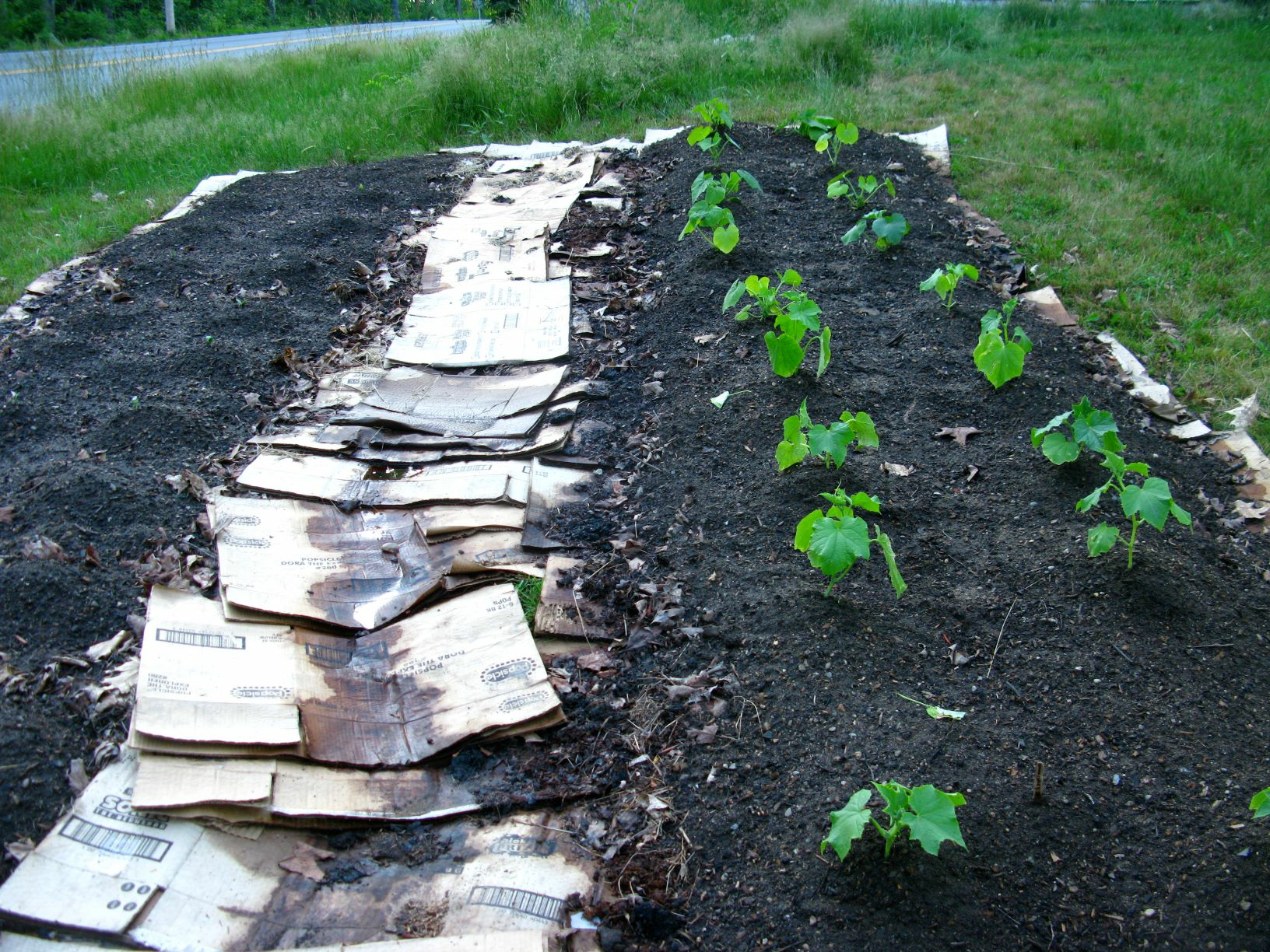Lasagne bed: A guide to sheet mulching
General information
With the sheet mulching or lasagne gardening method, anyone can easily create a new bed without digging up the soil. Sheet mulching is a permaculture method based on the concept of natural and organic farming. Anyone can grow and harvest fruit and vegetables with little investment of time and resources. The aim is to make the existing vegetation usable again. You can even "revitalize" areas in your garden with moderate to poor soil quality or pollution.
Advantages:
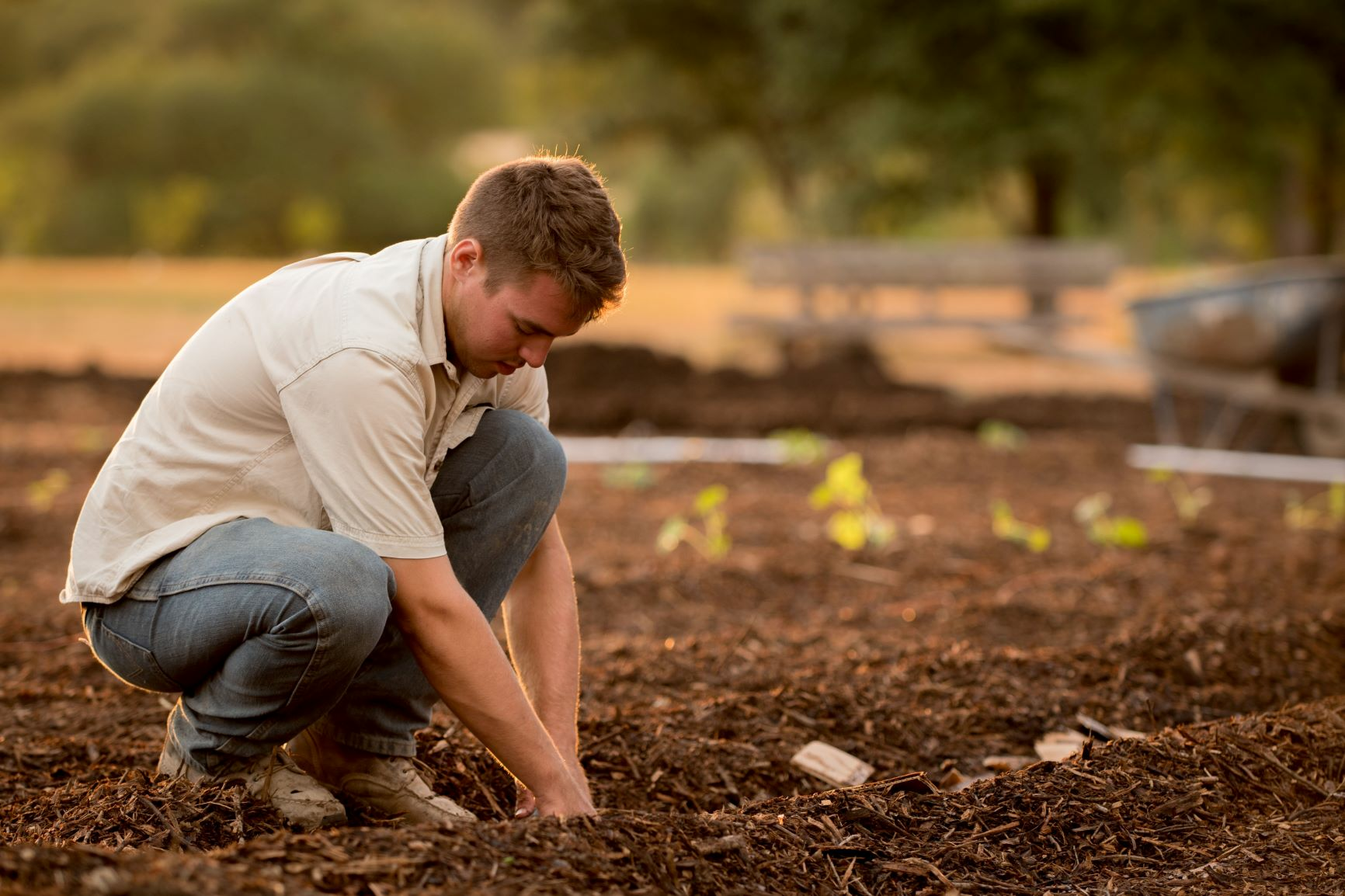
- Soil life and layers are preserved
- humus formation is stabilized and soil fertility is increased
- better soil and crumb structure
- nutrients are preserved and regularly returned to the soil
- erosion protection
- circular economy: recycled materials from garden waste
- soil compaction on almost all substrates
- hardly any time, money or effort required
How it works
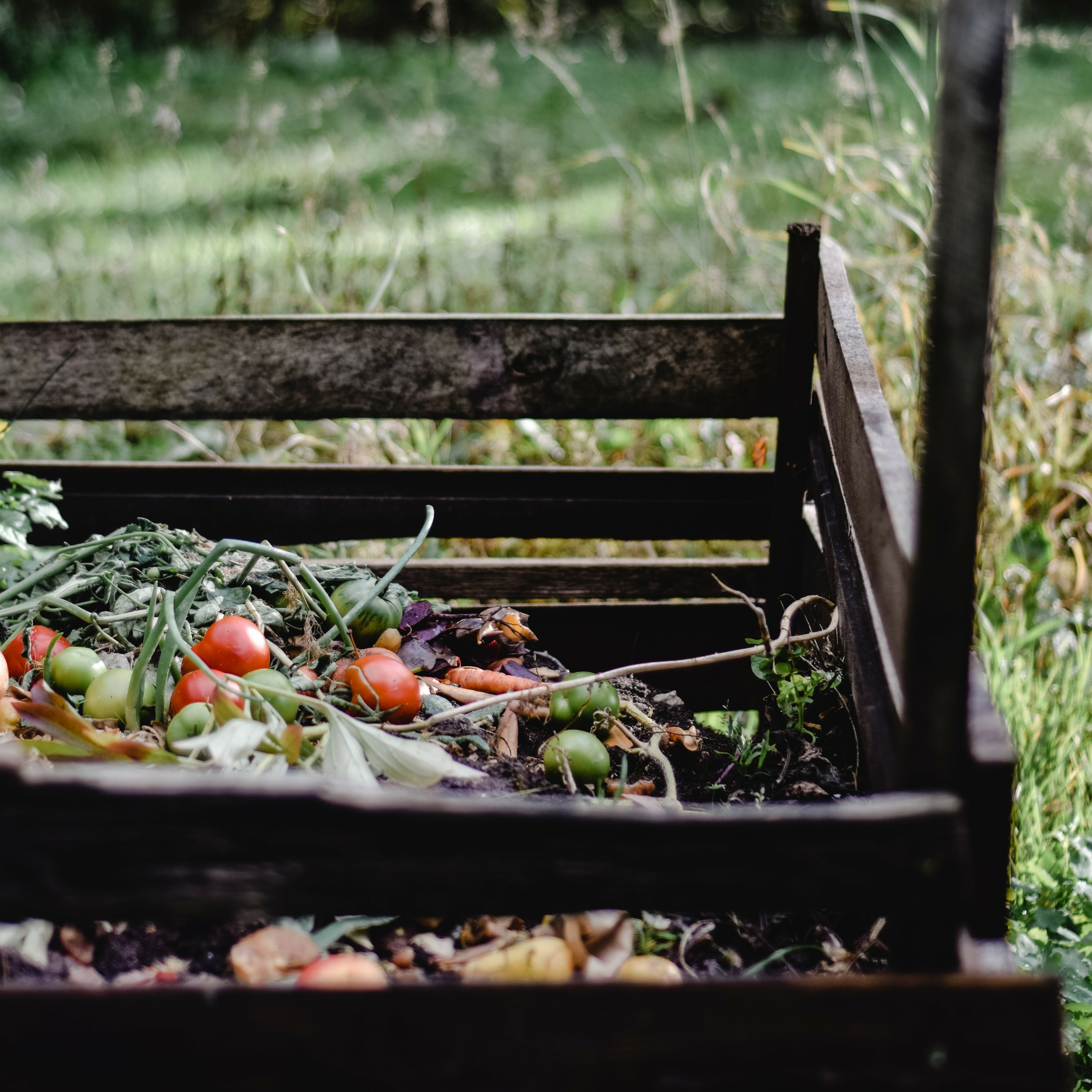
Soil life converts organic matter and turns it into fertile compost. Sheet mulching makes use of this knowledge. However, composting takes place directly on the bed. Composting is initiated by layering different organic materials. When layering, you alternate between nitrogen-rich material (green layer) and carbon-rich material (brown layer).
Materials
Brown materials:
- Straw, wood shavings, reeds, leaves, pine needles, leaves, chopped wood, branches, cardboard (unprinted!)
Green materials: - Manure, grass/vegetable cuttings, coffee grounds, compost, vegetables, fruit, tea leaves, tea bags and wild herbs
Instructions:
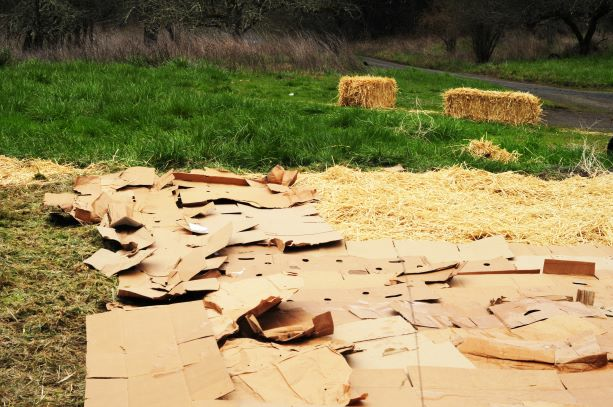
- Determine the area, mow and level. Water thoroughly if necessary
- Lay down an insulating layer of material that is difficult to decompose. Wait a week before layering further
- Alternate layers of brown and green organic materials
- The material will lose volume. Layer at least twice as high as the future bed
- Add a 15 - 20 cm/5.9 - 7.9 in layer of garden soil if you want to plant directly
- Mulch layer of straw, grass clippings, bark mulch or chopped leaves
You need to be aware of this:
- Make sure there is a sufficient supply of oxygen. Otherwise rotting may occur
- Your lasagne bed should always be sufficiently moist. A layer of mulch helps to prevent moisture loss
- Keep the bed free of unwanted weeds. A layer of mulch can also help here
- garden creatures such as snails and termites are often attracted by leaf mulch. They are beneficial for decomposition, later a snail fence helps
Planting:
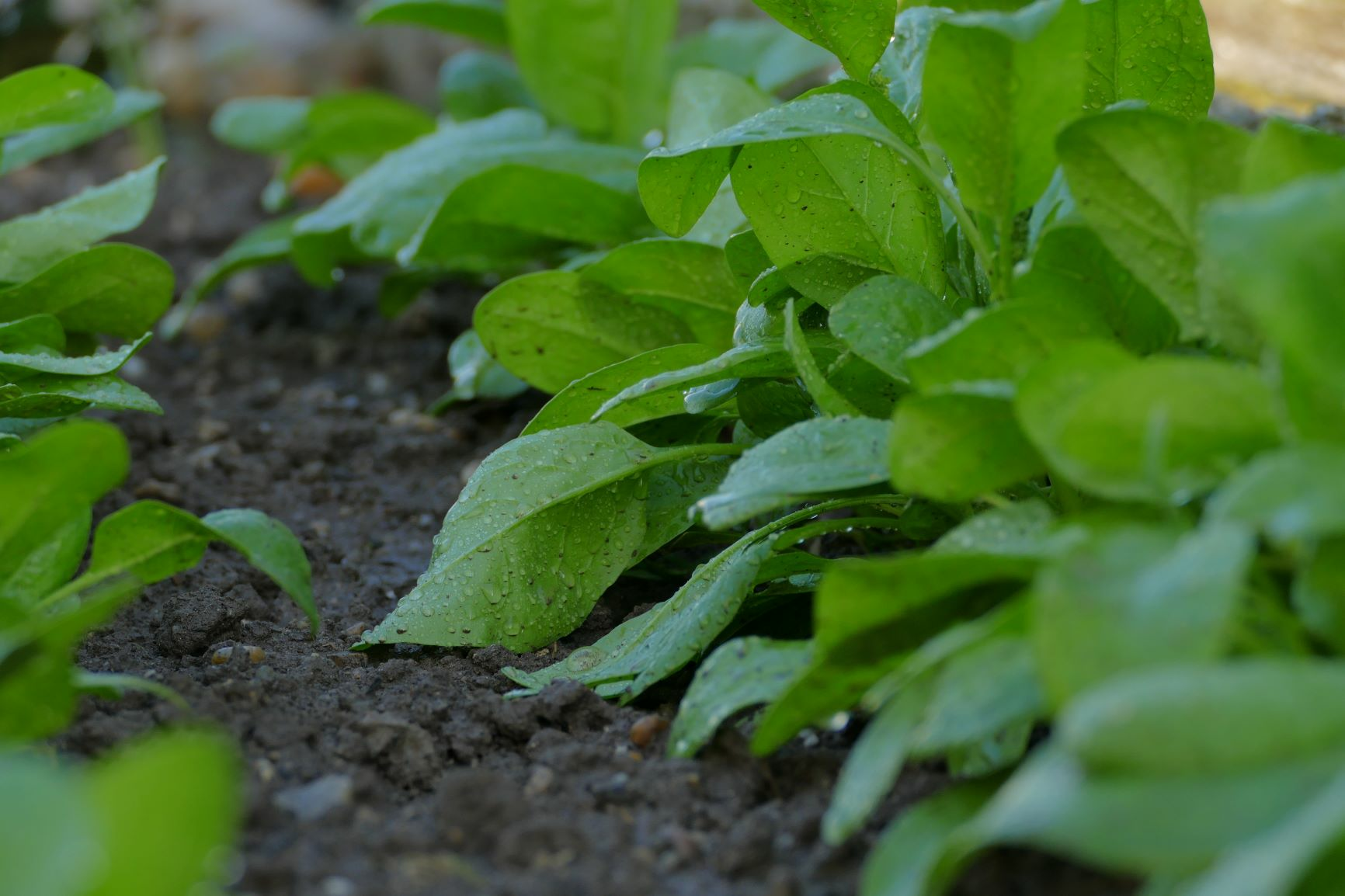
- Do not plant nitrate-enriching plants such as spinach, radishes, radishes and lettuce in the first two years
- Highly nutritious crops such as pumpkin plants, tomatoes or cabbage are better suited for the beginning
- Plant the bed with a mixed crop
CC BY-ND 2.0 by ryan unter https://www.flickr.com/photos/rcferdin/4970738165/
